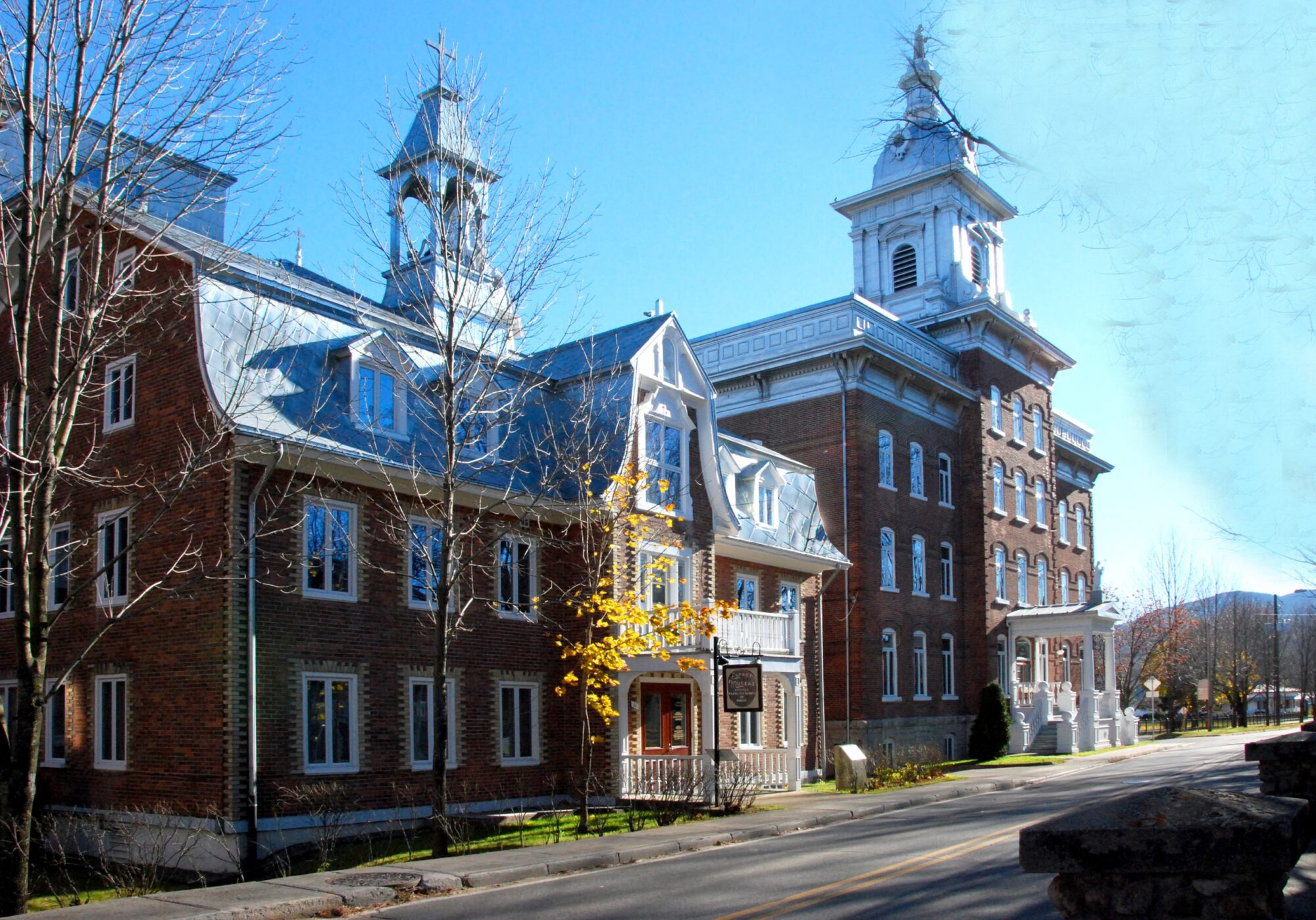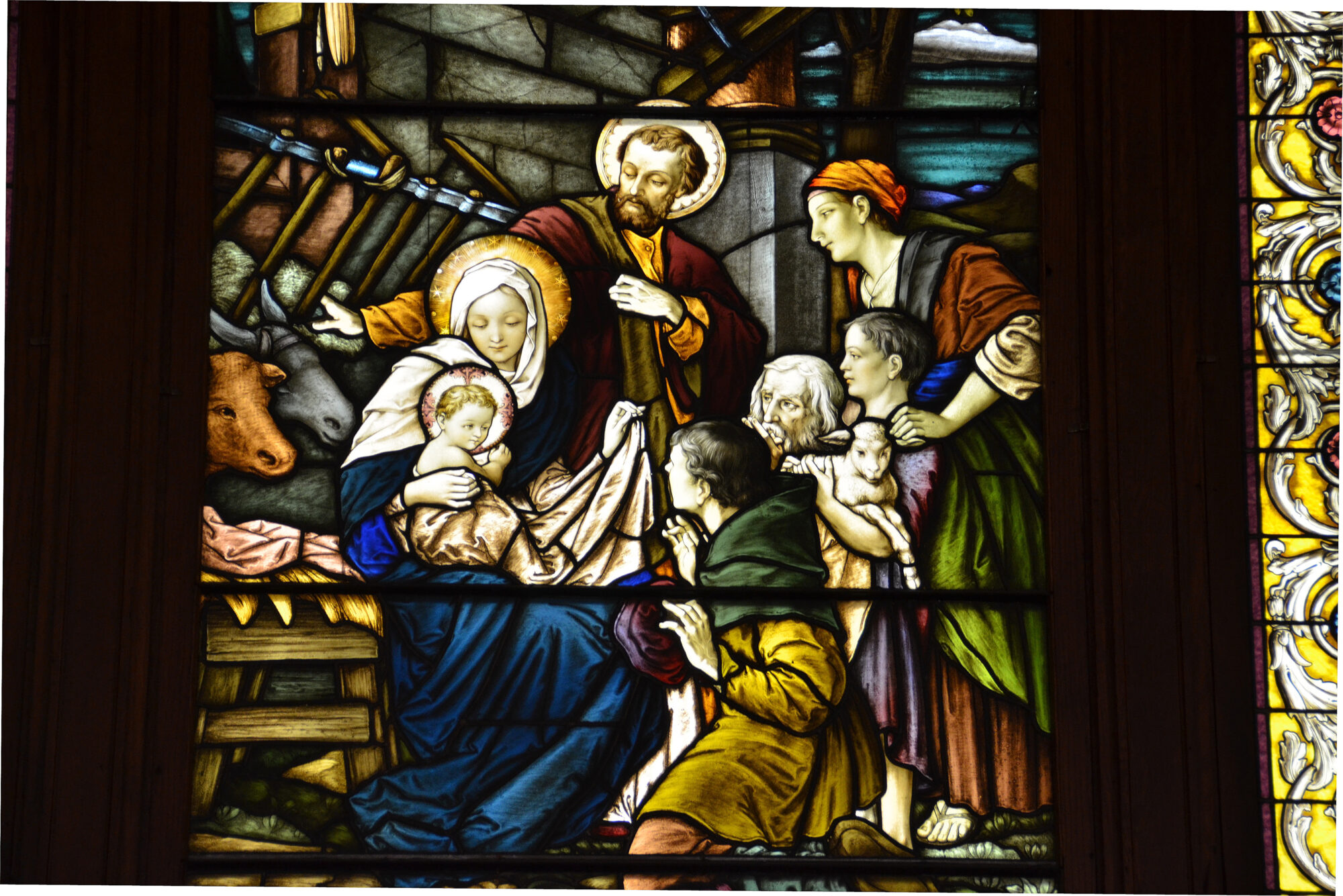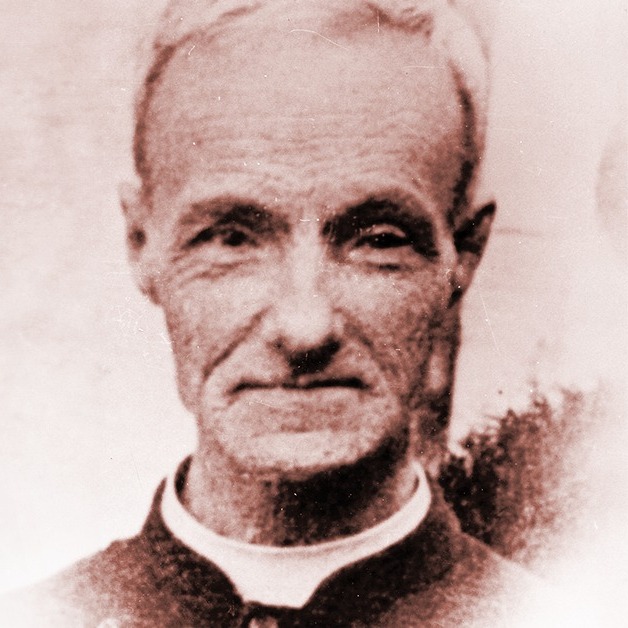Devotion to Saint Joseph
In 2024, we celebrate the 400th anniversary of Canada’s dedication to Saint Joseph. Many religious institutes and congregations in Quebec have a deep affection for him, often tracing it back to the very beginnings of their existence. We have invited them to share with us the role that Saint Joseph plays in their history.
The Difficult Beginnings of a Congregation
In 1889, Father Joseph Brouillet, the pastor of Worcester (Massachusetts, United States, in the Diocese of Springfield), wanted to establish a community to care for the orphans in the city. He convinced eleven young girls from the area to join his project. Unfortunately, in 1891, a major misunderstanding led the pastor to dismiss all the girls he had recruited. Accompanied by three orphans, they found themselves on the street in the dead of winter, without coats or luggage, and took refuge with relatives and friends. In their quest for a place to live together, they find only an old, abandoned, and uninhabitable shack “that has only a number to prevent it from losing its title of residence” (Garceau, pp. 100-101). A benefactor, Mr. Lévi Beaulieu, providentially gives them $10 to help them pay their first rent. This group of young women is known as the Oblates of Saint Francis.
Saint Joseph at Work
Their humble dwelling will be a special place for the kindnesses of Saint Joseph. On the morning of a snowstorm that prevents their daily collection, the sisters realize that the pantry is empty. “The hours of famine are those of Saint Joseph,” they say. In front of the humble statue where “the lamp of the poor flickers (a piece of string in lard), the whole household has gathered in prayer to cry out in hunger.” Defying the storm, a stranger knocks at the door and pours the contents of his basket filled with bread. A Thanksgiving breakfast brings the little family together around the good bread of Saint Joseph. The benefactor also provides them with the address of a charitable lady whom the Oblates can turn to when their funds are low. (Garceau, pp. 115-116) One evening, it is the sister cook who has only a little semolina left to serve for dinner. “Should I set the table anyway?” she asks the Superior. “Yes, my sister. If we don’t have enough to feed our bodies, we will at least nourish our souls with a good reading.” Just as this spiritual meal begins, Saint Joseph is already moved with compassion. He guides two Armenian peddlers to “the House of Misery.” Seeing the poverty that reigns there, they return to the city to seek provisions among their fellow citizens. “It’s for the Jesus Christs of the coast,” they explain as the grocer prepares a box of various food items. The two Armenians “will make a small collection among friends of their nationality, and for several consecutive weeks, on Saturdays, they will bring this alms to the sisters, who will be sure to thank Saint Joseph with a prayer, a hymn… or another request. Every day, they recite prayers in honor of the seven joys of their saint protector to unite their sorrows and joys with his.” (Garceau, pp. 117-118)
Saint Joseph settles in Baie Saint-Paul
In 1891, through a long detour of Providence, the Oblates of Saint Francis find refuge in Baie-Saint-Paul, where they are accepted as a diocesan community by Cardinal Louis-Nazaire Bégin, Bishop of the Diocese of Chicoutimi, at the request of Father Ambroise Fafard, the pastor of Baie-Saint-Paul. On August 12, 1892, the community takes the name Little Franciscans of Mary. Their mission is to care for the elderly and the mentally ill. During the construction of the Mother House in 1900, “the Little Franciscans of Mary enter into a contract, half spiritual and half temporal, with Saint Joseph. They commit to performing twelve thousand acts of virtue in exchange for twelve thousand dollars requested from their powerful protector. Their prayer goes as follows: Good Saint Joseph (…), the sisters excuse themselves, if we ask you for dollars, it is not to lighten the burden of holy poverty.” (Garceau, pp. 448-449). Mother Marie-Anne-de-Jésus, the Superior General, is often forced to hire men on a daily basis, distributing their wages each evening due to uncertainty about the next day. Yet work is never halted for lack of money: Saint Joseph always intervenes, even if, at first, he is a master of blind and patient faith, sometimes waiting until the purse is empty. Every Wednesday is marked by his small or great favors. There is still so much to say about other miracles stemming from the heart of our saint protector. Are you interested? You can learn more from Michèle Garceau’s book By This Sign You Will Live: The History of the Little Franciscans of Mary.
Sister Yvette Chamberland, pfm
Baie-Saint-Paul
_________________________________________
(1) Michèle Garceau, Par ce signe tu vivras, Histoire des Petites Franciscaines de Marie, 1889-1955, Baie-Saint-Paul 1989, 4e édition Dépôt légal, Bibliothèque nationale du Québec.







